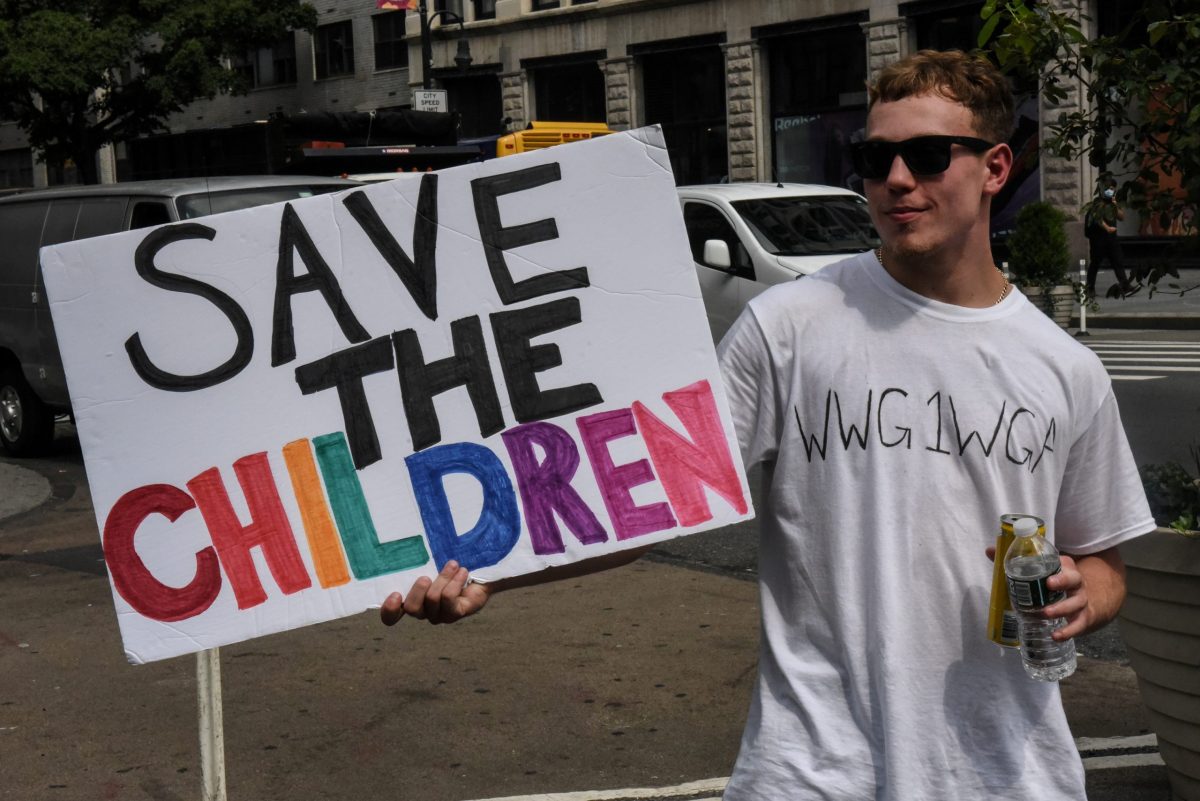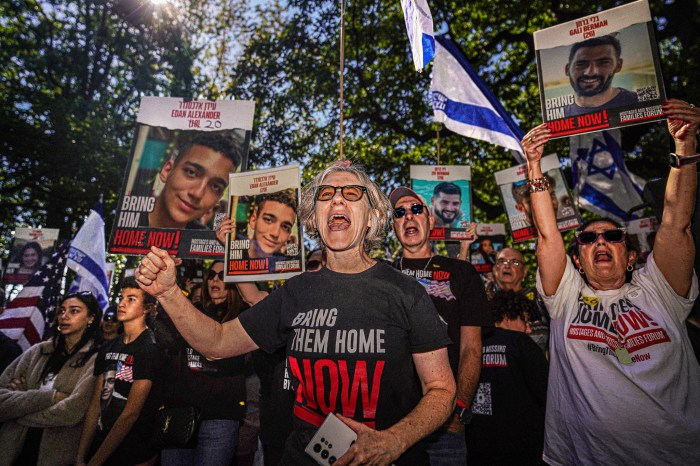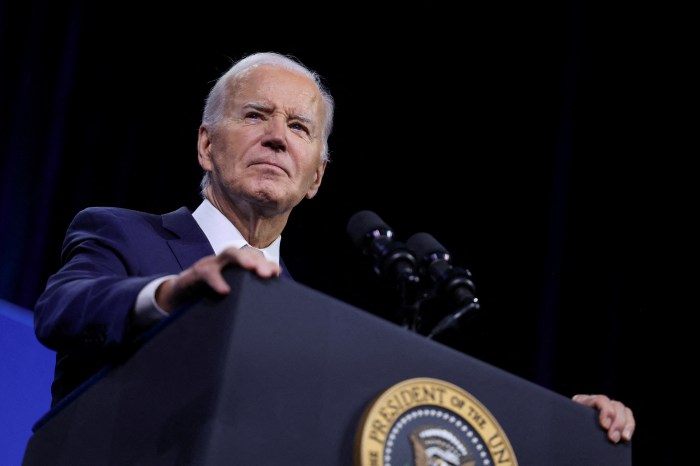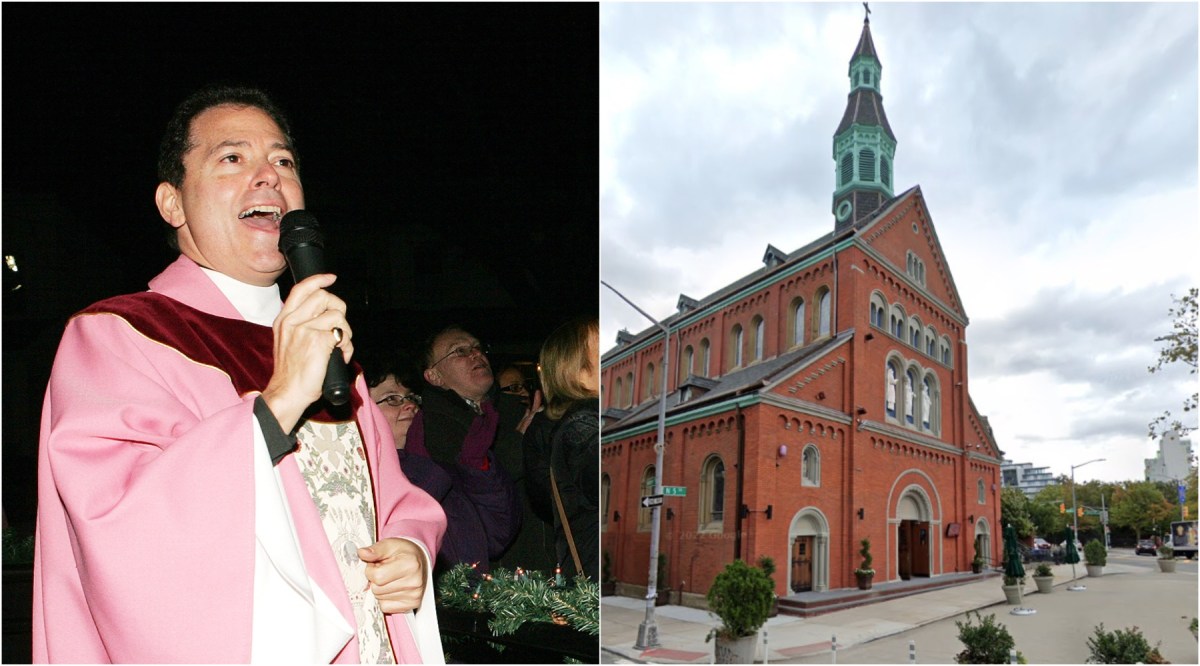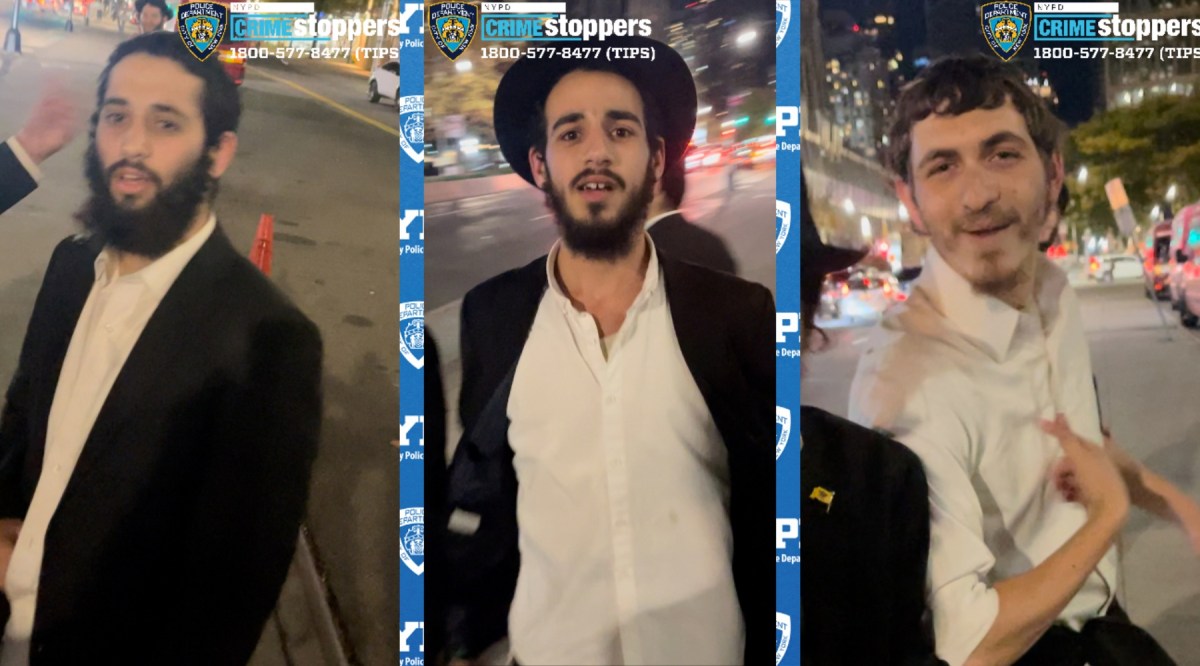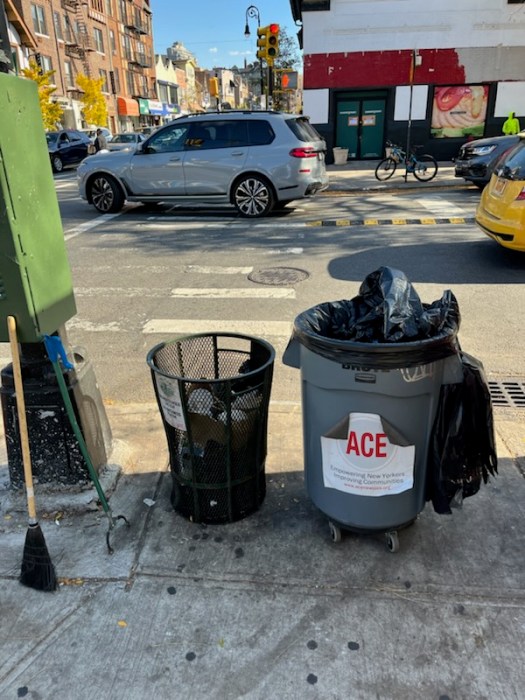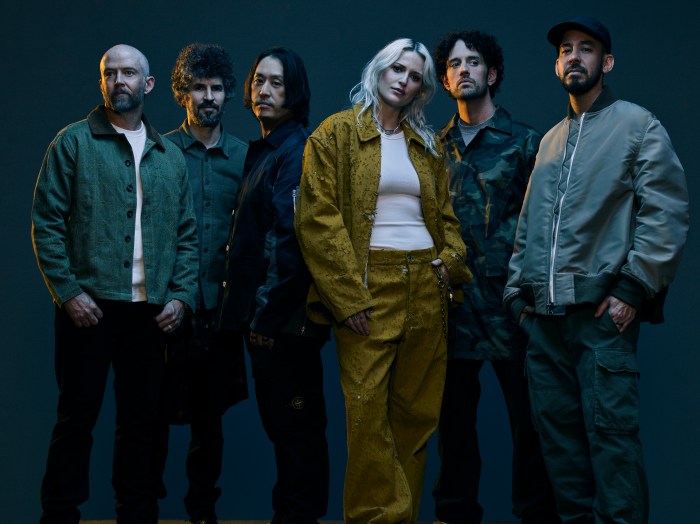Russian government-supported organizations are playing a small but increasing role amplifying conspiracy theories promoted by QAnon, raising concerns of interference in the November U.S. election.
Academics who study QAnon said there were no signs Russia had a hand in the early days of the movement, which launched in 2017 with anonymous web postings amplified by YouTube videos.
But as QAnon gained adherents and took on new topics – with President Donald Trump as the constant hero waging a misunderstood battle – social media accounts tied to a key Kremlin ally joined in.
In 2019, accounts removed by Twitter and suspected of being controlled by the Internet Research Agency sent a high volume of tweets tagged with #QAnon and the movement slogan #WWG1WGA, short for Where We Go One, We Go All, said Melanie Smith, head of analysis at social media analysis firm Graphika. The IRA was indicted by Robert Mueller in his election interference prosecution.
More recently, Russian government-backed media RT.com and Sputnik have stepped up coverage of QAnon, which began with a false proclamation Hillary Clinton would be arrested for an undetermined reason and now includes theories about child trafficking by Hollywood elites, the novel coronavirus and more.
Alethea Group disinformation expert Cindy Otis, a former CIA analyst, said RT, Sputnik and other Kremlin-backed media have been writing more about QAnon, using it to fit into their broader narrative of: “The U.S. is falling apart, look how much division there is.”
After Twitter banned thousands of QAnon accounts last month, RT.com predicted the move would backfire by directing more attention to the cause, adding that “it gave QAnon followers the validation they craved.”
Last week, it ran a similar article after Facebook removed about a third of QAnon groups and restricted the other two-thirds.
RT’s story began: “Facebook has removed thousands of groups and pages related to the QAnon conspiracy after expanding its concept of ‘dangerous individuals’ to include those who merely ‘celebrate violent acts.’ Streisand effect, meet slippery slope.” The Streisand effect refers to when singer Barbra Streisand sued to get photos of her Malibu, California, home removed from the internet, only to win them more viewers.
The articles have fallen short of full-throated support, and others have been critical. But they cast QAnon as channeling legitimate outrage.
QAnon followers have taken note and begun to share more content from the Russian outlets, according to Graphika.
“Russia is increasingly interested in QAnon, and it’s being reciprocated,” said Graphika Chief Innovation Officer Camille Francois.
QAnon was named by the FBI as a potential instigator of domestic terrorism, and followers have been charged with making a terror threat, murder and other crimes.
Russia is actively interfering with the campaign season in other ways, the government’s top counter-intelligence official said recently, including by disseminating false stories about Joe Biden in Ukraine. Democrats are pressing for the public release of more instances.
Researchers at Graphika, Stanford University and elsewhere stressed that QAnon for now remains a largely domestic phenomenon. Facebook took down two QAnon networks for coordinated artificial behavior, before its new content restrictions, and neither had Russian connections.
But tracking QAnon has become increasingly tough, Graphika’s Smith said. QAnon backers have moved heavily into other social media groups, helping to organize real-life protests against child trafficking last weekend and getting involved in a pro-police demonstration in Portland that degenerated into violence.
“It’s very difficult to understand what a QAnon account is, versus a Trump supporter’s account versus an anti-vaxxer,” Smith said.



